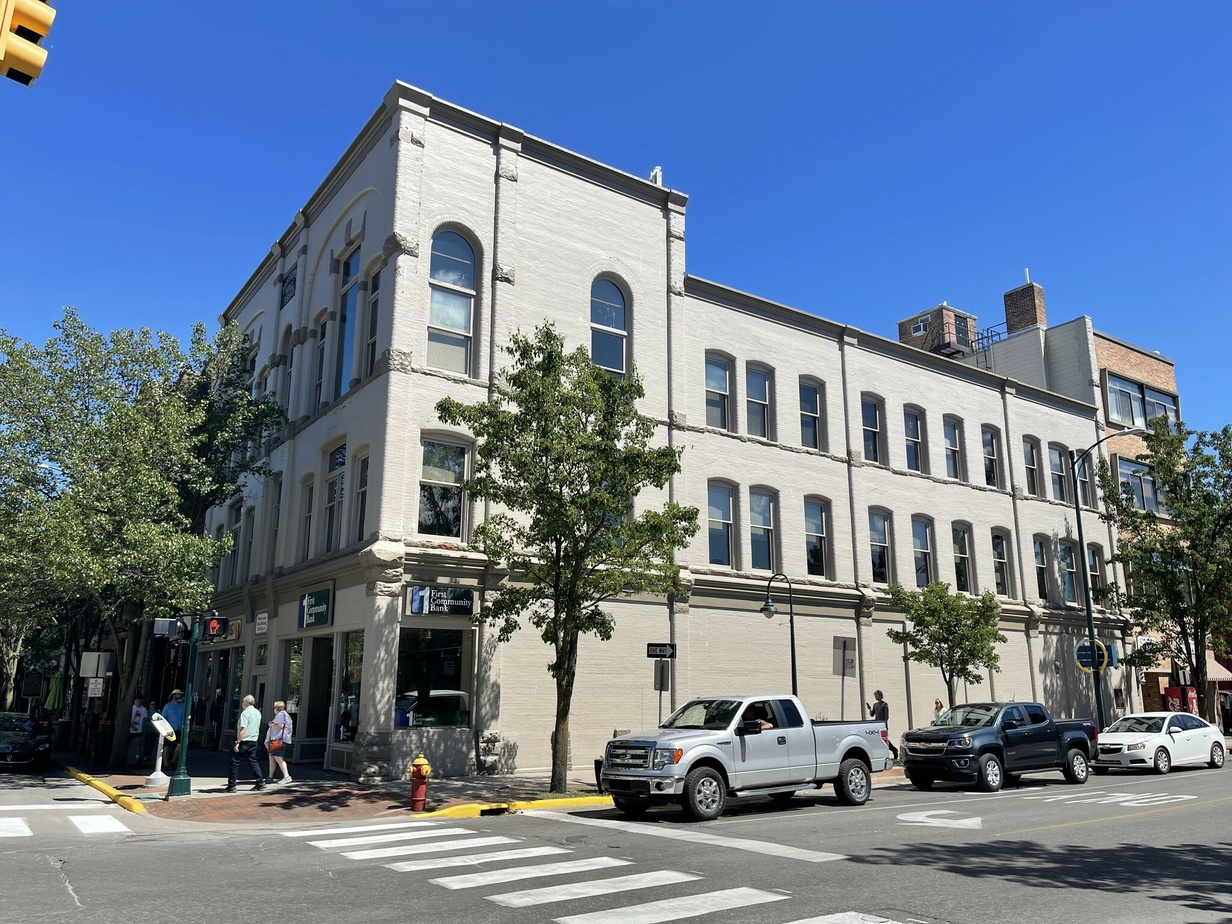
Short-Term Rentals, Riparian Buffer, Housing/Zoning Top Planning Commission Goals
By Beth Milligan | Sept. 21, 2024
After recently adopting a new master plan, Traverse City planning commissioners met this week to discuss some of the first action items they hope to tackle. Topping the board’s priorities? Establishing a cap for short-term rentals in commercial districts, updating rules and boundaries for riparian buffer zones, and tackling one or more zoning updates to help attract more affordable housing.
The city’s new master plan includes an “action plan” that outlines concrete goals and tasks for departments to tackle over the next five years. Thirteen of those come under the purview of the planning commission. Planning commissioners ranked their priorities from that list, with additional consideration given to cost, complexity, alignment with other city objectives/strategies, and perceived community/political support.
Two items rose to the top. The first is a potential cap on short-term rentals (STRs) in commercial districts. There are two types of allowable STRs in Traverse City: tourist homes, hosted owner-occupied rentals, and vacation home rentals, which do not need to be owner-occupied. While tourist homes are allowed in residential districts, vacation home rentals are not. However, vacation home rentals are proliferating in commercial and other city districts that have varying degrees of restrictions.
Today in Traverse City, STRs are capped at 25 percent in the C-1 and C-2 districts, as well as D-2 (development) and I (industrial). Several other districts – including C-3 (community center), C-4 (regional center), D-1 (development), D-3 (development), GTC (Grand Traverse Commons), HR (hotel resort), and T (transportation) – allow unlimited vacation rentals in buildings. STRs have flourished in many of those districts. For example, Trailside45 – a once year-round apartment building converted in 2021 to for-sale condos, many used as STRs – is in the C-3 district, which has no cap on vacation rentals.
Planning commissioners initially considered forming an ad hoc committee to study possible changes – which could include options like capping STRs in districts without restrictions, tightening caps in districts that have them, or implementing caps on a district-wide basis. But commissioners decided to review the issue as a whole board. Staff are expected to return with a report on the current state of STRs – where they’re allowed now, how many are operating, and more – before commissioners explore changes.
Another action item from the master plan is to “expand the water’s edge riparian buffer zone to all portions of the city, potentially using (a) police power ordinance.” Planning commissioners supported that as another top priority becase an ad hoc committee is already working on updated riparian buffer rules. A new ordinance, which has been in the works since 2019, would create a protected zone on waterfront properties. According to the committee’s latest meeting minutes, changes under consideration include establishing different regulatory zones, restricting impervious surfaces in buffer areas, creating preferred planting lists, promoting re-naturalization of shorelines where possible, preserving viewsheds, removing/containing invasive species, and keeping pollutants and pesticides away from shorelines.
Several other action items that rose to the top of the action list relate to zoning. Those include rezoning West Front Street (between Pine and Division) and the 300, 400, and 500 blocks of Union Street to C-4a to better reflect surrounding development patterns and create stronger connections to downtown. Another calls for establishing a development zone along Fourteenth Street to “allow for more vibrant development and redevelopment opportunities.” More challenging politically could be revisiting proposed rule changes to allow triplexes, quadplexes, and ADUs with a duplex in the R-2 district. Those were included in a previous proposed package of changes that went to city commissioners last year to create more housing diversity and density, though they were ultimately stripped from the final package.
Planning commissioners expressed interest in tackling some action items through the specific lens of increasing affordable housing in Traverse City. Deputy Planning Director/Sustainability Coordinator Leslie Sickterman said it was possible to offer a “density bonus” in certain zoning districts, allowing a developer to build more density provided a certain number of units were dedicated to income-restricted tenants. She also said the city could undertake a “parallel effort” alongside implementing the master plan to develop a city housing policy to help guide decision-making around housing.
Staff agreed to return at a future meeting to recommend which zoning items to tackle first – potentially in a packaged approach – to help address housing. Another trio of auto-related action items could either serve as backup priorities or next goals once the first tasks are completed. Those include creating zoning standards to require parking areas for new commercial and multi-family developments to be EV-ready, evaluating current standards for drive-thrus and other auto-centric uses to determine if they’re in the proper zoning districts with appropriate standards, and considering integrating EV infrastructure in the private site plan approval process.
Pictured: Short-term rentals in downtown Traverse City
Comment






